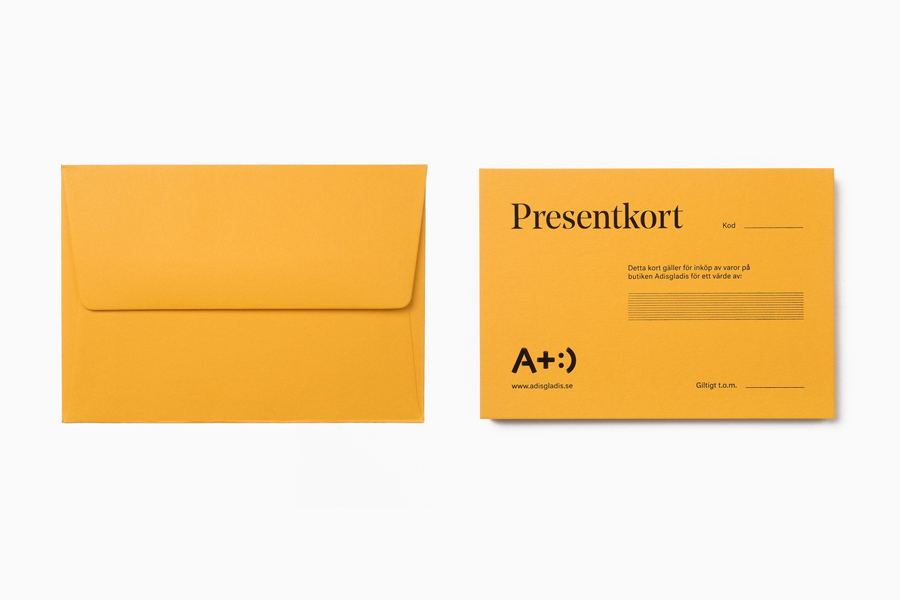The Best of BP&O — February 2015
Opinion by Richard Baird Posted 1 March 2015

February’s highlights included new packaging for Teahouse Exclusives by Peter Schmidt Group, Kurppa Hosk’s brand identity work for carpet manufacturer and distributor Ogeborg, Fuzzco’s work for candle and gift retailer Candlefish, and the visual identity for Eden Project’s Big Lunch Extras designed by Believe In which features illustrative work by Parko Polo. However, there were five projects that really stood out and have made it into BP&O’s Best Of Series, a feature that brings together the most interesting and unusual projects published on the site each month for another opportunity to be seen and shared.

Nourcy designed by lg2boutique
Nourcy is a delicatessen that has been creating fresh, home-made and original products for thirty years from its location in Quebec City. While providing a contemporary dining environment Nourcy also offers catering services and lunch boxes to customers who have come to expect restaurant-quality at work and at home. In conjunction with a new menu of pastries, an expanded chocolate selection, exclusive gourmet delicacies and the development of a second location in the area of Lebourgneuf, design studio lg2boutique developed a new brand identity and interior design treatment that places ingredients and products at the forefr
See more of this project here

Antéoise designed by UMA
Antéoise is a creme dacquoise range from Anténor, a Japanese patisserie established in 1966 that creates French style cakes, cookies, tarts and variety of other confectionery. Antéoise’s brand identity and packaging treatment, developed by Osaka based design studio UMA, draws on the range’s flagship positioning, high quality ingredients and the craft employed in its creation, the heritage and experience of Anténor, the streets of Kobe, and the theme of past and present. These are visualised through a considered balance of type and structural choice, visual and physical texture, illustration, process, colour and print finish.
See more of this project here

Tanoshii Ramen Bar designed by Mast
Ramen is a Japanese meat broth and wheat-noodle soup that originated in China and is now embraced internationally. While many enjoy instant versions, the best is said to be prepared over days and is the product, and some would say the art form, of a creative and experienced chef. These are the values of Tanoshii. As the first dedicated ramen bar in Dallas, Texas, Tanoshii will act as an introduction to the variety and distinctive flavours of ramen. This role is reflected within the bar’s interior design and identity treatment, developed by Denver based design studio Mast, through Western modernity and current restaurant trends, the detail of Eastern cultural references, and a little of the local area.
See more of this project here

Adisgladis designed by Bedow
Adisgladis is a Swedish clothing, accessories, outdoor gear and gadget retailer with a premises on Stockholm’s Wollmar Yxkullsgatan street. It has a distinctive interior of copper pipe racks, die cut card hangers, wood fibre and chipboard surfaces, and a philosophy that embraces organic, up-cycled and positive living. Adisgladis’ new visual identity, developed by design studio Bedow, draws on the retailer’s interior, its positive and sustainable ideologies and an element of utility and technology, and visualises these using a mix of illustration, pictograms, type, colour and material choice across bags, packaging, signage, stationery and storefront display.
Read more of this article here

Junction Moama designed by Seesaw
Junction is a bar and restaurant situated within the tourist district of the Australian twin-towns of Moama and Echuca, both of which have histories that began in the middle of the 19th century and grew to share a border along the Murray River. Originally a wooden tavern built by James Maiden in 1840, and named the Junction Inn – a reflection of its location at the confluence of the rivers Campaspe and Murray – it was place were travellers and settlers would converge. Its humble beginnings are now honoured with a new permanent structure, a seasonal menu made from local produce, a variety of craft beers, wines and cocktails, and by continuing to serve as a meeting point.
As part of a new brand strategy, developed and then visualised as a brand identity system by Melbourne based design studio Seesaw, the Junction Inn has been shortened to Junction, and expands on the concept of meeting points, not just of people or rivers, but of past and present, the town and the outback, regional taste and craft brews. This manifests itself across a rich interior design and visual identity treatment which included menus, signage, stationery and business cards, bound by a variety of material textures, high quality hand crafted finishes and a subtle urban sensibility.
See more of this project here


